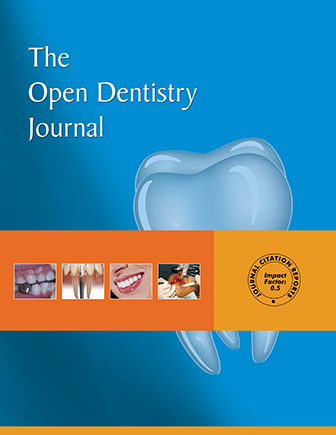All published articles of this journal are available on ScienceDirect.
Influence of Finishing/Polishing Procedures on the Surface Texture of Two Resin Composites
Abstract
This study compared surface roughness and gloss produced by different finishing/polishing procedures for two resin composites, Clearfil AP-X (AP-X) and Estelite Σ (ES). A total of 70 composite discs (n=35 for each resin composite) were prepared and divided at random into seven finishing/polishing groups (n=5): glass-pressed control; using a super-fine-grit diamond bur (SF); using CompoMaster (CM) after SF-finishing (SF+CM); using White Point (WP) after SF-finishing (SF+WP); using CM after SF+WP-finishing (SF+WP+CM); using Stainbuster (SB) after SF-finishing (SF+SB); and using CM after SF+SB-finishing (SF+SB+CM). After the finishing/polishing procedures, average surface roughness (Ra) and surface gloss (Gs(60°)) of all specimens were assessed with a surface profilometer and specimen gloss meter, respectively. Glass-pressed controls for both AP-X and ES composites showed the best surface finish in terms of both Ra and Gs(60°). SF-finishing produced the roughest surface and led to almost complete loss of gloss. While additional polishing with CM reduced Ra and increased Gs(60°), the additional finishing effect of WP or SB between SF-finishing and CM-polishing was not found for either AP-X or ES.


